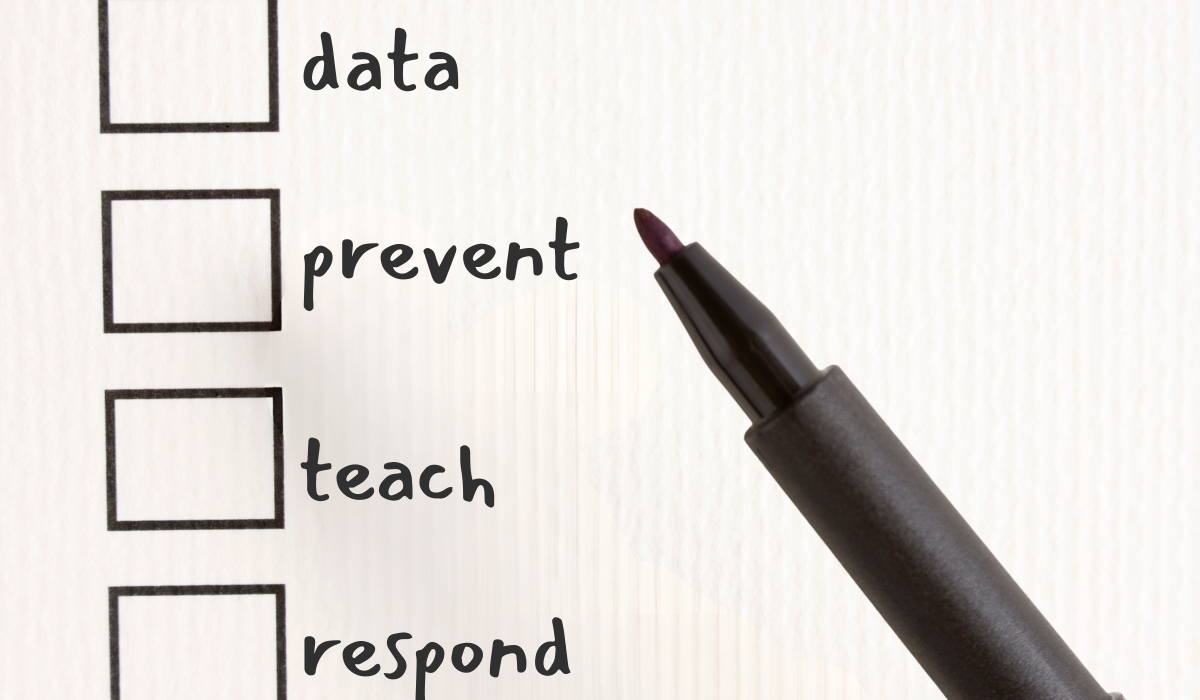Be sure to visit our Behavior Resources webpage to better understand the process.
What is a BIP?
A behavior intervention plan (BIP) has many components. The BIP must be based on the results of a functional behavior assessment (FBA). The BIP includes a description of the problem behavior. The BIP will give the team’s best-guesses as to why the problem behavior occurs. The BIP explains the intervention strategies that include positive behavioral interventions & supports and services to address the behavior.
- Examples of behavior intervention ideas (from Intervention Central)
- Examples of positive behavior interventions and supports plans
- MDE 8/31/2015 Memo Clarification on use of Behavior Intervention Plans
How do I know if my child needs a BIP?
You may request a FBA and BIP at any time if your child’s problem behaviors are becoming worse, or when the team cannot explain to you why the problem behaviors occur.
The Individuals with Disabilities Education Act (IDEA) requires a FBA whenever a child with a disability has his or her current placement changed for disciplinary reasons. The evaluation requirements of IDEA make it clear that children must be evaluated in all areas related to the suspected disability. This means that if your child has problem behaviors that are not improving, your child may need an evaluation to examine the behaviors more closely.
- MDE Letter on Enforcement of Behavior Plans MDE- August 2015
How do I request a BIP?
Make your request for a Functional Behavior Assessment in writing. You might want to use a sample letters as a reference. Planning ahead for a meeting about your child’s behavior needs will help you explain your own ideas about the best way to help your child in addition to listening to the ideas of others. Once a request for an evaluation has been made, there is a 30 day timeline to be followed.
What happens before the BIP?
The data from the Functional Behavior Assessment (FBA) has given a hypothesis/best-guess of why the behavior is occurring. Now, an intervention plan can be developed.
What exactly is included in a BIP?
- BIP measures the problem behavior, including the how often is it happening, how long, and intensity of the behaviors. Baseline data should be taken during different activities, multiple settings, with different people and during various times of the day.
- BIP includes strategies to prevent the occurrence of the behavior. Alternative and adaptive behaviors have to be explicitly taught to the student. The BIP also provides consequences for the inappropriate behavior.
- A schedule to measure the effectiveness of the plan- what is working and what is not working.
What type of interventions are there?
Positive Behavioral Interventions and Supports is the only approach to addressing behavior that is specifically mentioned in federal law.
Interventions might include:
- Manipulate the antecedents and/or consequences of the behavior
- Teach more acceptable replacement behaviors that serve the same function as the inappropriate behavior
- Implement changes in curriculum and instructional strategies
- Modify the physical environment
How do I know if a BIP is “good”?
How does the BIP connect to the IEP?
A student’s need for a behavioral intervention plan must be documented throughout the IEP. The individualized education program (IEP) must indicate if a particular device or service, including an intervention, accommodation or other program modification is needed to address the student’s behavior that impedes the student’s learning or classmates’ learning. When the BIP is attached to the IEP, it becomes part of the IEP. An updated BIP can be attached to the IEP with an IEP amendment.
More resources:
We also have a series of webpages to help understand behavior:
Accommodations/Modifications Sometimes an accommodation or modification to the classroom or the curriculum is the solution to a challenging behavior
Behavior Intervention Plan A written plan that identifies problem behaviors and how they will be addressed.
Behavior is Communication All behavior happens for a reason, but why?
Bullying Definitions, actions to take, specific protections for students with disabilities.
Discipline Covering discipline, suspension, expulsion, manifestation determination review.
Functional Behavior Assessment/Analysis A process for collecting data and analyzing the function of (ie- the reason why) a challenging behavior is occurring.
Positive Behavioral Interventions and Support An approach to addressing challenging behaviors that teaches positive behavior skills rather than just using punishment.
Seclusion and Restraint “Seclusion” means the confinement of a pupil in a room or other space from which the pupil is physically prevented from leaving. “Restraint” means an action that prevents or significantly restricts a pupil’s movement.
School-Wide PBIS A building-wide initiative to support all students in school.


